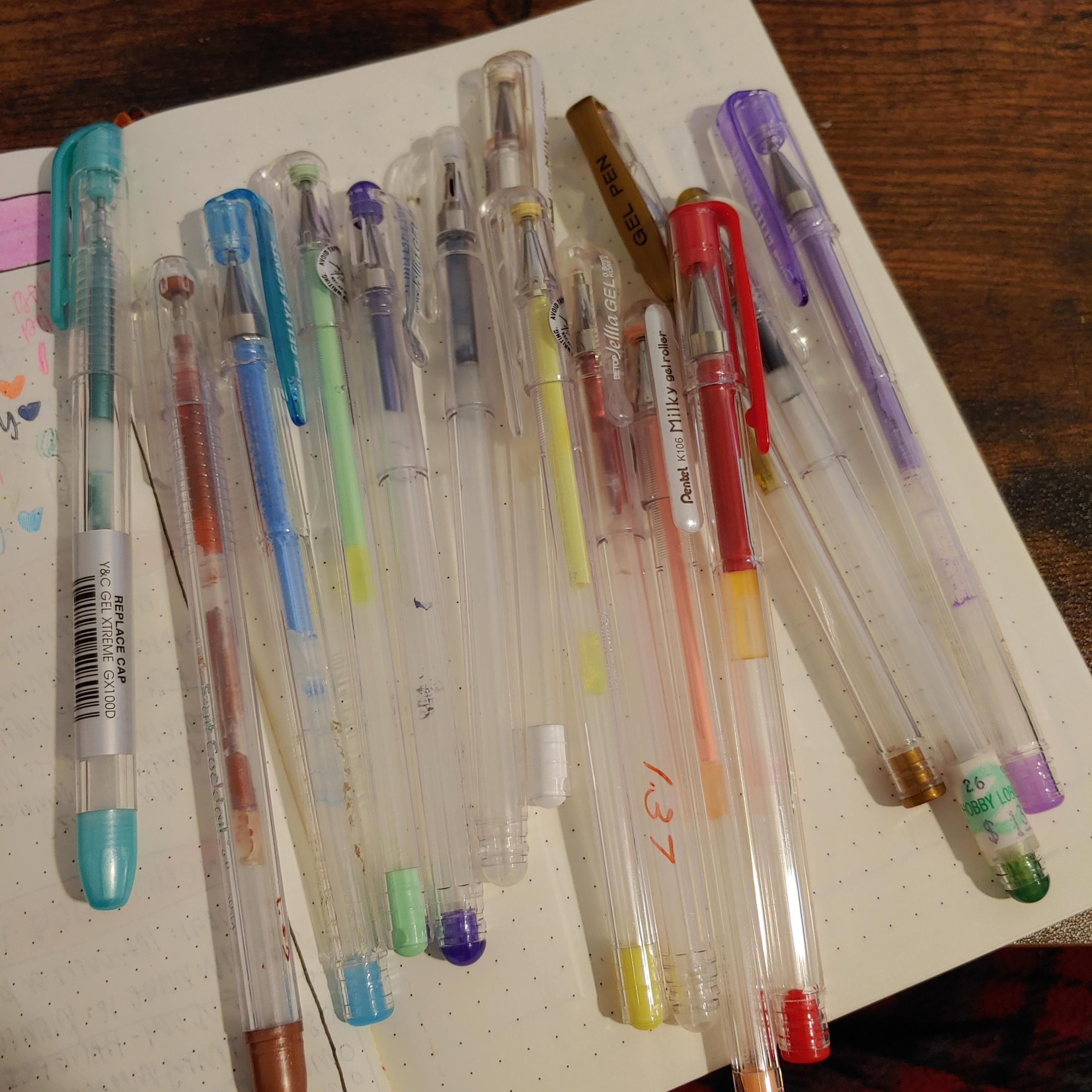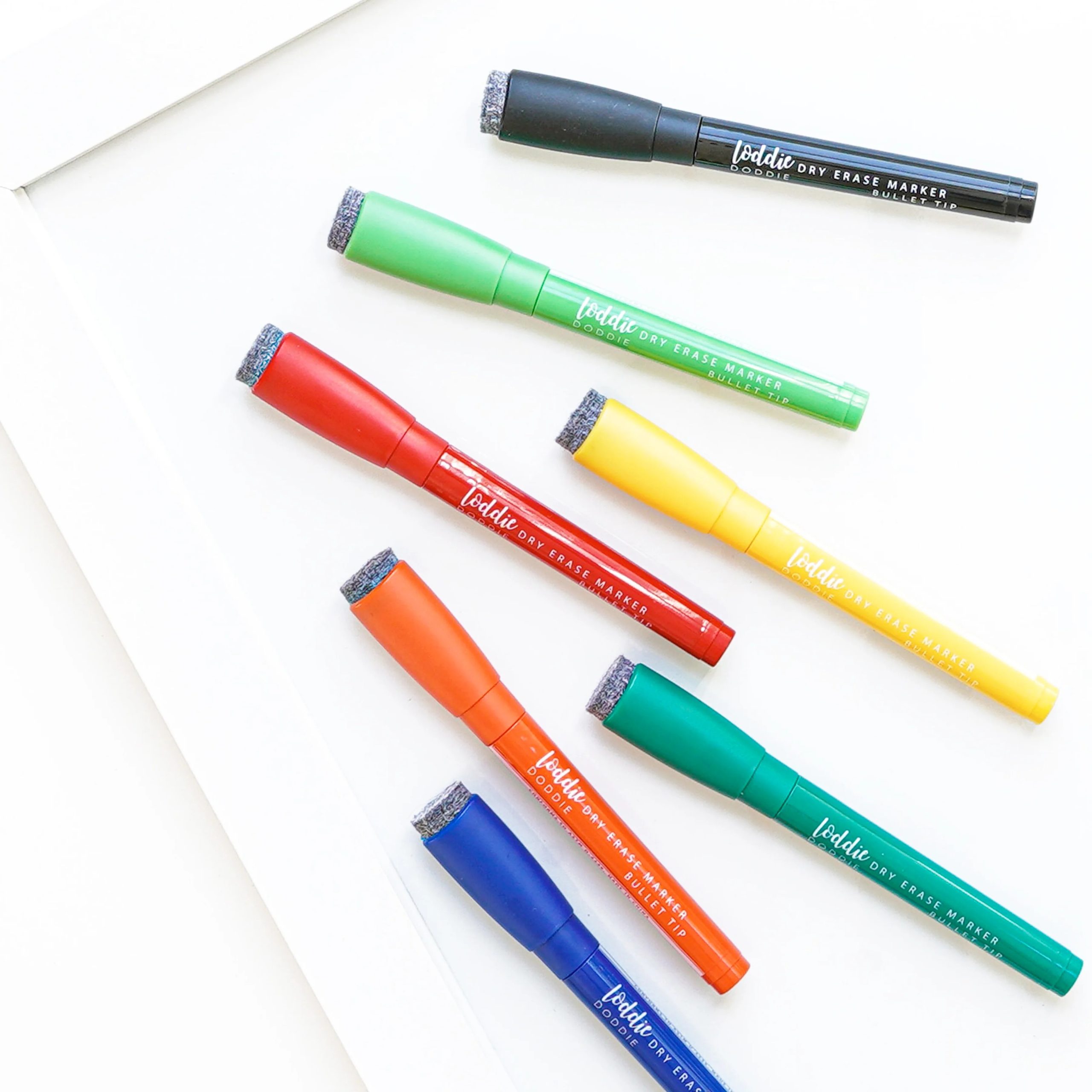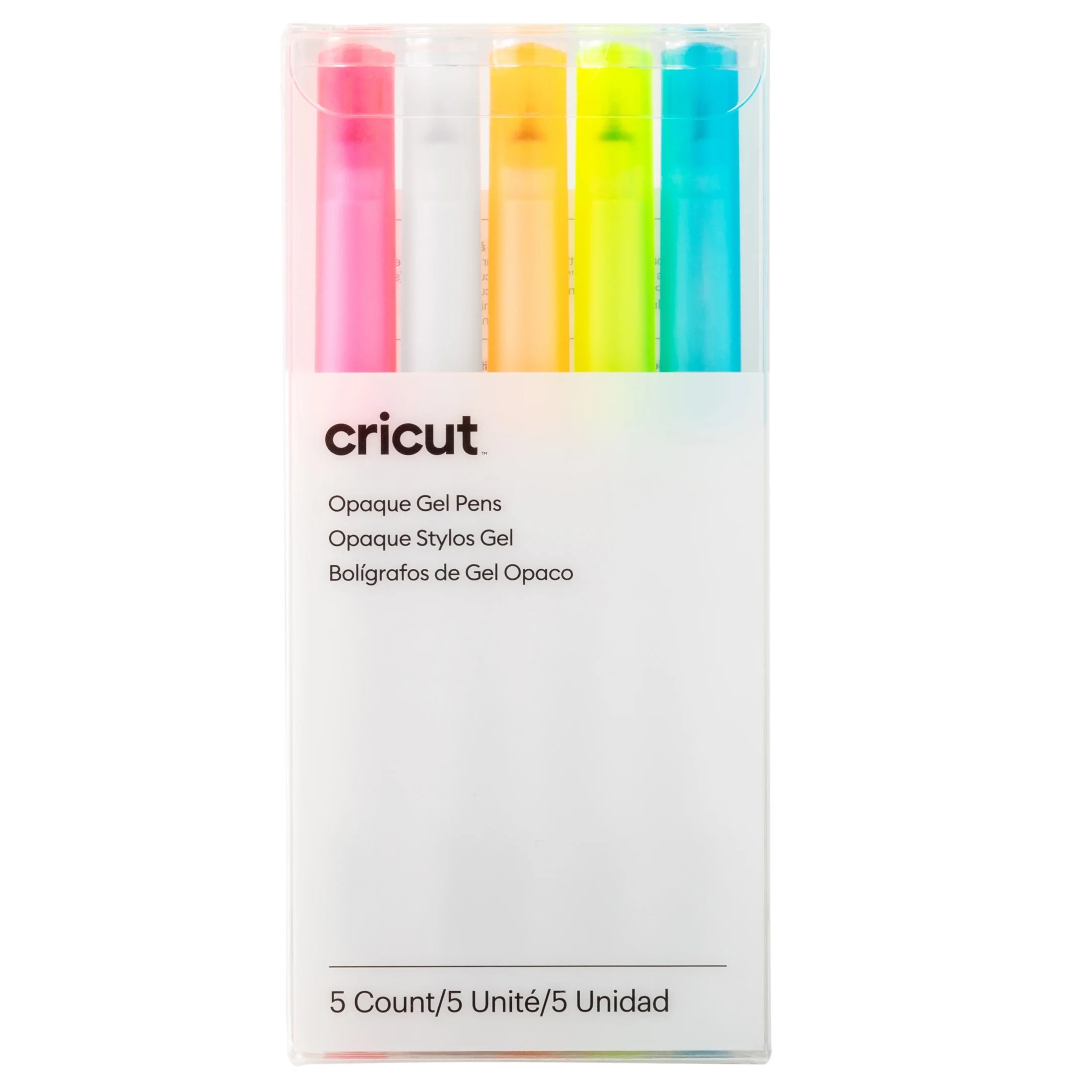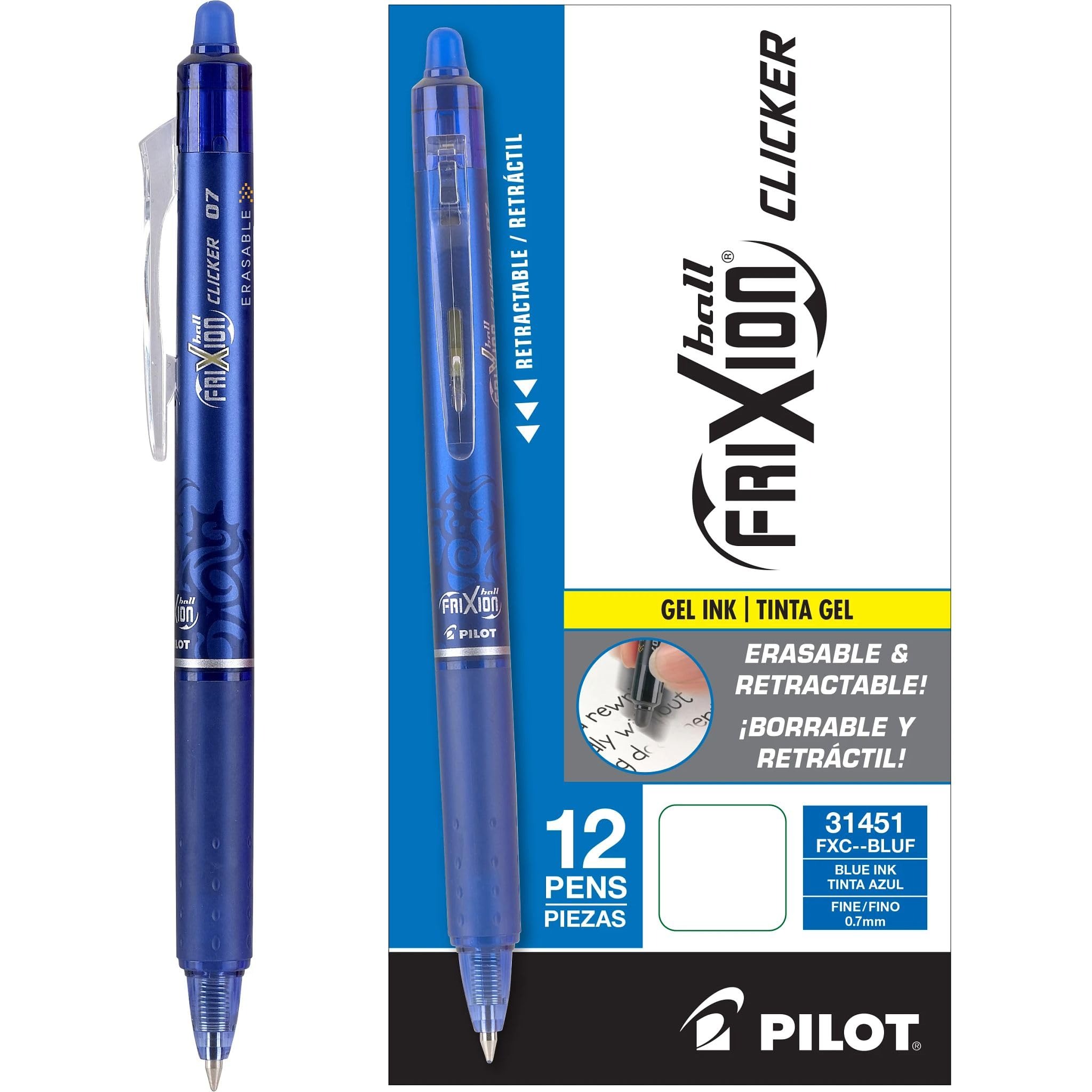Troubleshooting Common Gel Pen Problems
Gel pen issues can be annoying, but they often have simple solutions. To begin troubleshooting, identify the specific problem first.
Gel Pen Won’t Write
If your gel pen won’t write, start by scribbling on a piece of scratch paper. This can help get the ink flowing. If it doesn’t work, try gently rolling the tip between your fingers to loosen any dried ink. Sometimes, warming the tip slightly with your hands can also do the trick.
Ink Skips or is Inconsistent
Ink skipping is common with gel pens. To resolve it, ensure the ink hasn’t separated. You can do this by shaking the pen, which mixes the ink and often improves consistency. If it persists, check the tip for debris and clean it with a damp cloth if necessary.
Pen Leaks or Bleeds Too Much
A leaking pen is messy. If you find excess ink, wipe the tip and avoid pressing too hard while writing. For bleeding issues, consider using paper that’s thicker or specifically made for gel pens.
Pen Feels Scratchy While Writing
Scratchy writing might mean the ball in the tip is damaged. To fix it, try rolling the pen gently on a soft surface. If the issue doesn’t resolve, the pen tip might be worn out, and it could be time to replace the pen.
Remember to use the keyword ‘how to make a gel pen work again’ in your troubleshooting steps. With these quick fixes, you can often revive your gel pen without much effort.

Supplies You Need for Reviving Gel Pens
To quickly address how to make a gel pen work again, having the right supplies at hand is essential. Here’s a list to stock up on:
- Rubbing alcohol: For cleaning dried ink from the tip or to dilute ink that has thickened inside the pen.
- Paper clips: Handy for dislodging any particles that may be blocking the ballpoint.
- Warm water: Useful for soaking parts of the pen if there’s a severe clogging issue.
- Soft cloths: To gently clean the pen’s tip and body without causing any scratches.
- Scratch paper: For checking the ink flow after you’ve attempted the fix.
- A lighter or hair dryer: To gently warm the ink in case it has thickened or stopped flowing. Use with caution.
With these items, you’ll be well-prepared to deal with the most common gel pen issues. A little preparation can save your favorite pens and prevent the frustration of interrupted writing. Keep this kit nearby, and you’ll always know how to make a gel pen work again without any delays.
Step-by-Step Guide to Fix a Dry Gel Pen
When facing a dry gel pen, you can often coax it back to life. Follow these step-by-step instructions to learn how to make a gel pen work again:
- Start With Scribbling: Use scratch paper. Scribble back and forth until ink appears.
- Roll the Tip: Gently roll the tip between your fingers. This may break up dried ink.
- Apply Heat: Use a lighter or hair dryer at a safe distance to warm up the ink.
- Shake the Pen: Hold the pen firmly and give it a good shake. This mixes the ink.
- Clean the Tip: Wipe the tip with a soft cloth. If necessary, use rubbing alcohol.
- Try a Paper Clip: Straighten a paper clip. Gently insert it into the tip to remove debris.
- Soak the Pen: If still stuck, soak the tip in warm water for a minute.
- Test the Ink Flow: After each step, test the pen on scratch paper. Check if the ink flows.
- Repeat if Necessary: If the pen doesn’t work, repeat the steps or combine techniques.
By following these simple steps, you should be able to get your gel pen writing smoothly once more. Always handle your pen and any heat sources with care to avoid damage. If these steps don’t work, it could be time to replace your pen.

Tips to Prevent Your Gel Pen from Drying Out
To make sure you know how to make a gel pen work again, prevention is key. Here are simple yet effective tips to keep your gel pen from drying out:
- Cap Tightly: Always replace the cap securely after use. This keeps air out and ink fresh.
- Store Horizontally: Lay pens horizontally to help maintain even ink distribution in the cartridge.
- Use Regularly: Frequently using your gel pens will keep the ink from settling and drying.
- Avoid Heat: Keep your pens away from heat sources which can cause ink to thicken or dry.
- Clean Periodically: Wipe the tip with a damp cloth every now and then to prevent ink clogs.
- Choose Quality: Invest in high-quality pens. They are less likely to dry out compared to cheaper options.
By following these tips, you’ll reduce the chances of your gel pens drying out. Keep using the ‘how to make a gel pen work again’ techniques paired with these preventive measures, and you can prolong the life of your favorite gel pens.
The Science Behind Gel Ink Stagnation
Understanding why gel ink stops flowing can help prevent issues. Gel ink contains pigments suspended in a water-based gel. Here’s what causes stagnation:
- Evaporation: If uncapped, water in the ink can evaporate, leaving a thicker, unusable gel.
- Temperature: Cold can thicken the ink. Heat can cause ink to evaporate or separate.
- Disuse: Not using the pen can cause the ink to settle and harden at the tip.
- Air Exposure: Air dries out the ink, creating a film that blocks the ballpoint.
Knowing these causes assists in applying the right solution to make your gel pen work again.
How to Store Gel Pens Properly for Longevity
Proper storage is crucial for extending the life of your gel pens. Here’s how to keep them in top condition:
- Keep Them Horizontal: Store your gel pens flat. This helps prevent ink from pooling or drying unevenly.
- Avoid Extreme Temperatures: Don’t expose pens to too much heat or cold. Store them in a stable environment.
- Use a Pen Case: A case protects pens from dust and damage. It helps maintain proper humidity levels.
- Keep Caps On: Always place caps back on firmly. This keeps the ink from drying.
By following these simple steps, your gel pens should remain reliable for many writing sessions. ‘How to make a gel pen work again’ won’t be a frequent question with proper pen care!

The Dos and Don’ts of Maintaining Your Gel Pen
Maintaining your gel pen involves simple yet important steps. Stick to these dos and don’ts to ensure long-lasting performance:
- Do Store Your Pens Horizontally: This keeps ink even and ready to write.
- Don’t Expose to Extreme Heat or Cold: These can cause ink problems, including drying and leakage.
- Do Keep Them Capped Tight: Prevent ink evaporation; always put the cap back on.
- Don’t Use Excessive Force When Writing: This can damage the tip and cause ink to leak.
- Do Clean The Tip Regularly: A clean tip reduces clogging and maintains ink flow.
- Don’t Leave Pens Unused for Long Periods: Frequent use ensures steady ink flow.
- Do Invest in Quality Pens: They are less likely to have issues and last longer.
By practicing these dos and don’ts, you minimize the need to troubleshoot how to make a gel pen work again. Good pen care enhances writing experience and extends the life of your gel pens.
When to Replace vs. When to Fix Your Gel Pen
Deciding whether to fix or replace a gel pen depends on a few factors. Here’s a quick guide to make that decision easier.
- Fix If It’s Minor: If your gel pen is skipping, has inconsistent ink, feels scratchy, or won’t write, try the fixes described earlier. These issues often require simple solutions.
- Replace If It’s Major: If you’ve tried all the troubleshooting tips multiple times and your gel pen still isn’t working, or if the pen is visibly damaged, it’s time to get a new one.
- Assess the Cost: Consider the price of your pen. If it’s inexpensive, replacing it might be more cost-effective than attempting repairs.
- Consider Pen Age: Older pens might not be worth fixing, especially if they’ve been giving you trouble for a while.
By understanding how to make a gel pen work again, you can often extend the life of your pen. However, when the time and effort to fix it outweigh the cost of replacement, it’s wise to invest in a new pen. Think carefully before discarding a pen; sometimes a little tweak is all it takes.
